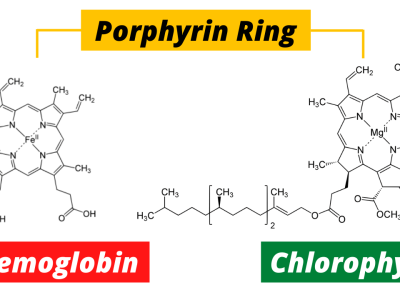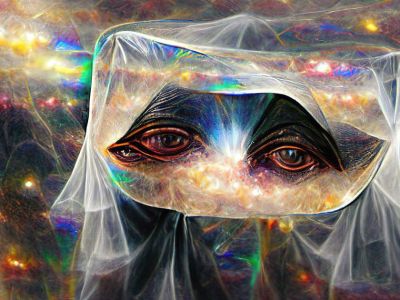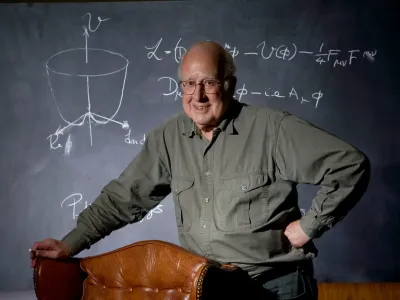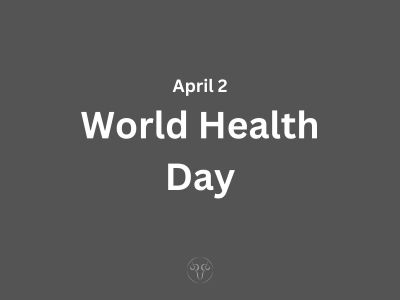Tobacco - Things About Tobacco
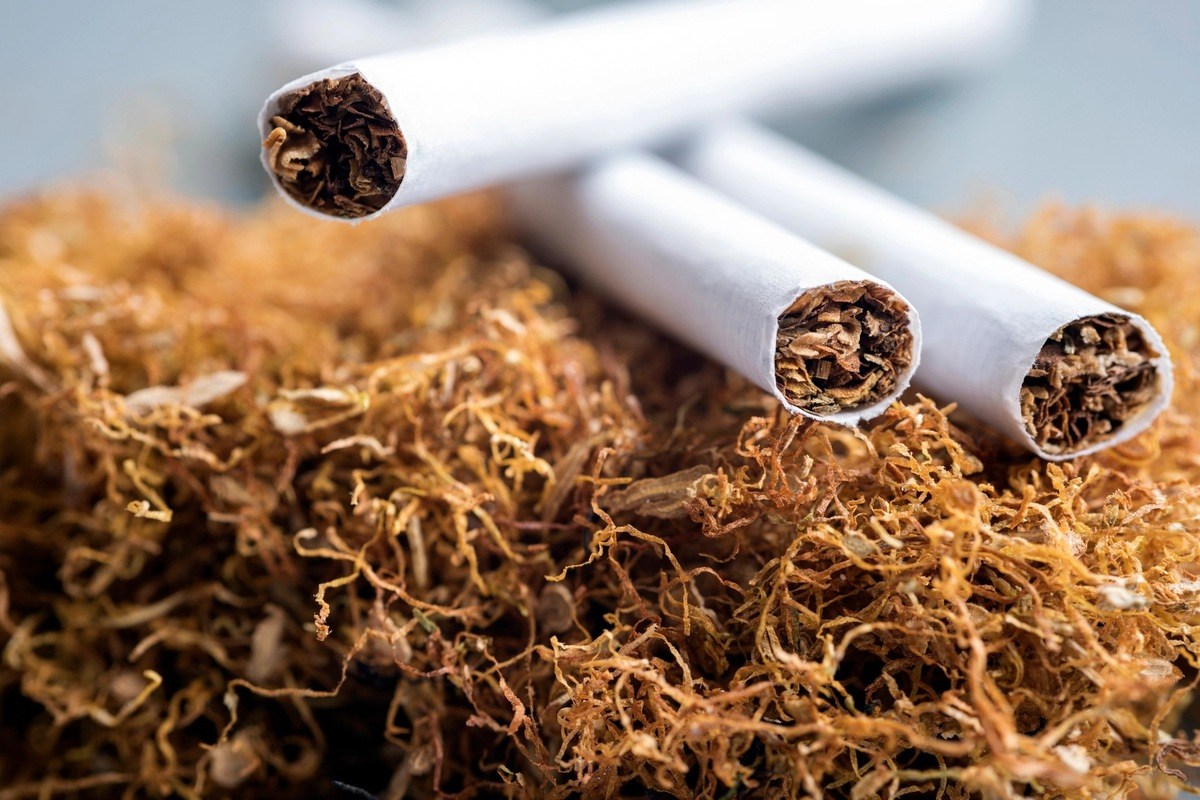
What is Tobacco?
Tobacco is a highly addictive, mildly stimulating psychoactive drug. And it is the third most consumed recreational drug in the world. Tobacco is also considered a nootropic. The WHO in the year 2008 named tobacco use as the single greatest preventable cause of death in the world. Tobacco is sourced from the leaves of tobacco plants. When you smoke tobacco in cigarettes, cigars, or pipes, you accumulate toxic and carcinogen(cancer-causing) chemicals that affect your health. Dried tobacco leaves are mainly used for smoking in cigarettes and cigars, as well as pipes and shishas. They can also be consumed as snuff, chewing tobacco, dipping tobacco, and snus.
Where from the word ‘tobacco’, ‘tobaco’ originates?
Word Tobacco is probably derived from the Arabic طُبّاق ṭubbāq (also طُباق ṭubāq), a word reportedly dating to the ninth century, referring to various herbs. The word tobacco of English has its origin in the Spanish word "tabaco". The precise origin is thought to be from Taíno, the Arawakan language of the Caribbean. In Taíno, it was said to mean can mean tobacco leaves roll. Portuguese, Spanish and Italian were used from 1410 for certain medicinal herbs. In Hindi it is called, ‘तम्बाकू’ romanized to tambaku, tabaku.
What are the sources of Tobacco?
Tobacco comes from a herb called Nicotania which is a part of the nightshade family(Solanaceae). Mostly nightshades contain varying amounts of nicotine. It is the indigenous herb to North and South America, Australia, southwest Africa, and the South Pacific. Specifically, tobacco plants tend to contain a much higher concentration of nicotine than the others, also many other nightshade species, they do not contain tropane alkaloids(which is poisonous to humans and animals). Tobacco the general term for any product prepared from the cured leaves of these plants. More than 70 species of tobacco are known, but the chief commercial source is N. tabacum. The more potent variant N. Rustica is also used in some countries.
What are the Types of Tobacco?
There are many types of tobacco available in the market, some of the common types of tobacco are as follows,
- FCV Tobacco is grown in Andhra Pradesh & Karnataka
- Bidi/beedi Tobacco is grown in Gujarat & Karnataka & Andhra Pradesh
- Cigar & Cheroot is grown in Tamil Nadu & West Bengal
- Hookah Tobacco is grown in Assam, West Bengal, Bihar & UP
- Chewing & Snuff is grown in Tamil Nadu, West Bengal, Bihar, Assam & U.P.
- Natu, Burley, Lanka & HDBRG is grown in Andhra Pradesh
- Pikka Tobacco is grown in Orissa
- Aromatic fire-cured is cured by smoke from open fires. In the United States, it is grown in northern middle Tennessee, central Kentucky, and Virginia. Fire-cured tobacco grown in Kentucky and Tennessee is used in some chewing tobaccos, moist snuff, some cigarettes, and as a condiment in pipe tobacco blends.
- Brightleaf tobacco is commonly known as "Virginia tobacco", often regardless of the state where it is planted. Farmers discovered that bright leaf tobacco needs thin, starved soil, and those who could not grow other crops found that they could grow tobacco.
- Broadleaf, a dark tobacco varietal family popular for producing enormous, resilient, and thick wrapper leaves.
- Burley tobacco is an air-cured tobacco used primarily for cigarette production.
- Cavendish is more a process of curing and a method of cutting tobacco than a type. The processing and the cut are used to bring out the natural sweet taste in the tobacco.
- Criollo tobacco is primarily used in the making of cigars.
- Dokha is a tobacco originally grown in Iran, mixed with leaves, bark, and herbs for smoking in a midwakh.
- Turkish tobacco is a sun-cured, highly aromatic, small-leafed variety (Nicotiana tabacum) grown in Turkey, Greece, Bulgaria, and North Macedonia.
- Perique was developed in 1824 through the technique of pressure-fermentation of local tobacco by a farmer, Pierre Chenet. Considered the truffle of pipe tobaccos, it is used as a component in many blended pipe tobaccos, but is too strong to be smoked pure.
- Shade tobacco is cultivated in Connecticut and Massachusetts.
- White burley air-cured leaf was found to be more mild than other types of tobacco. In 1865, George Webb of Brown County, Ohio planted red burley seeds he had purchased, and found a few of the seedlings had a whitish, sickly look, which became white burley.
- Wild tobacco is native to the southwestern United States, Mexico, and parts of South America. Its botanical name is Nicotiana rustica.
What are forms of Tobacco?
Tobacco is consumed in usually three ways, people can smoke, chew, or sniff tobacco.
Smoked tobacco products include cigarettes, cigars, bidis, and kreteks.
Some people also smoke loose tobacco in a pipe or hookah (water pipe).
Chewed tobacco products include chewing tobacco, snuff, dip, and snus; snuff can also be sniffed.
What are the Effects of Tobacco?
The chief psychoactive substance in tobacco is nicotine, which contributes to most of the psychoactive effects in the human body through tobacco. Nicotine acts as a receptor agonist of nicotinic acetylcholine receptors (nAChRs) that has a stimulating effect and make tobacco a stimulant drug. Approximately there is 0.6–3.0% nicotine in the dry weight of tobacco. Nicotine is considered a poison because it is not only highly addictive but also carcinogenic(cancer-causing). Depending on how it is consumed, research shows that monoamine oxidase inhibitors in tobacco smoke may enhance its addictiveness. Nicotine dependence involves aspects of both psychological dependence and physical dependence since the discontinuation of extended use has been shown to produce both affective (e.g., anxiety, irritability, craving, anhedonia) and somatic (mild motor dysfunctions such as tremor) withdrawal symptoms. Withdrawal symptoms peak in one to three days and can persist for several weeks. Some people experience symptoms for 6 months or longer.
Nicotine is being researched in clinical trials for possible benefit in treating Parkinson's disease, dementia, ADHD, depression and sarcoma.
Tobacco products are sometimes used for the performance-enhancing effects of nicotine on cognition. A study concluded that nicotine or smoking had significant positive effects on aspects of fine motor abilities, alerting and orienting attention, and episodic and current working memory.
Nicotine is used as a recreational drug. It is widely used, highly addictive and hard to discontinue. Nicotine is often used compulsively, and dependence can develop within days.
Acute nicotine intoxication has been found to significantly reduce total sleep time and increase REM latency, sleep onset latency, and non-rapid eye movement (NREM) stage 2 sleep time. Nicotine reduces the amount of rapid eye movement (REM) sleep, slow-wave sleep (SWS), and total sleep time.
Nicotine causes a transient increase in blood pressure, but in the long term, epidemiological studies generally do not show increased blood pressure or hypertension among nicotine users.
Tobacco itself does not cause cancer in humans, but it does increase the chance to get cancer. Low levels of nicotine stimulate cell proliferation, while high levels are cytotoxic. Nicotine increases cholinergic signaling and adrenergic signaling in colon cancer cells, thereby impeding apoptosis (programmed cell death), promoting tumor growth, and activating growth factors and cellular mitogenic factors such as 5-lipoxygenase (5-LOX), and epidermal growth factor (EGF). Nicotine also promotes cancer growth by stimulating angiogenesis and neovascularization.
What is the Health Risk of Consuming Tobacco?
Tobacco use is the single greatest cause of preventable death globally. As many as half of people who use tobacco die from complications of tobacco use. The World Health Organization (WHO) estimates that each year tobacco causes about 6 million deaths (about 10% of all deaths) with 600,000 of these occurring in non-smokers due to second-hand smoke. Tobacco is estimated to have caused 100 million deaths in the 20th century. Tobacco smoke contains more than 70 chemicals that cause cancer. Tobacco also contains nicotine, which is a highly addictive psychoactive drug. When tobacco is smoked, nicotine causes physical and psychological dependency. Cigarettes sold in underdeveloped countries tend to have higher tar content, and are less likely to be filtered, potentially increasing vulnerability to tobacco smoking-related disease in these regions.
What is the legal status of nicotine?
Tobacco is legal in all forms with Bhutan being the only country in the world where tobacco sales are illegal. legal smoking age varies usually between 16 - 21. In India, the Legal smoking age is 18. And in the USA it is 21.
What are the Environmental Effects of Tobacco?
Tobacco is one of the indirect pollutants. Cigarette buds and packages usually end up in natural sources of water like lakes or seas. Tobacco consumption is, leading to disease and then leads to environmental pollution. The medication industry(like a nicotine patch, etc) related to tobacco is also lead to more pollution.
What is society and culture around tobacco?
In India and other countries, smoking done by women is prematurely associated with debauchery but for men, it is prematurely associated with masculinity or power. From early in public smoking was usually done by men, and when done by women was considered a vice. Today, tobacco use is often stigmatized; this has spawned quitting associations and antismoking campaigns.
Do you want to Quit Tobacco, nicotine, and related products?
Yes, it is surely possible to quit consuming tobacco. Strong willpower along with proper counseling and social support holds the key. Research has clearly shown that definite health benefits, apart from socio-economic benefits, are associated with quitting tobacco use.
Health professionals have the greatest potential of any group in society to promote the reduction of tobacco use. If you are looking to quit consuming tobacco and related products then these few pieces of information can help you start quitting tobacco. At times, severe addicts may require temporary use of nicotine chewing gum or nicotine patches (Nicotine Replacement Therapy - NRT) to aid in the de-addiction process.
Here follow a list of Helpline numbers that can help you quit tobacco use,
- 1800 112 356 (TOLL FREE India) - National Tobacco Quit Line Services (NTQLS)
- 1-800-QUIT-NOW(USA)
- 1-855-DÉJELO-YA(Spanish)
- 1-800-838-8917(Chinese)
- 1-800-556-5564(Korean)
- 1-800-778-8440, 1-855-QUIT-VET(Vietnamese)


